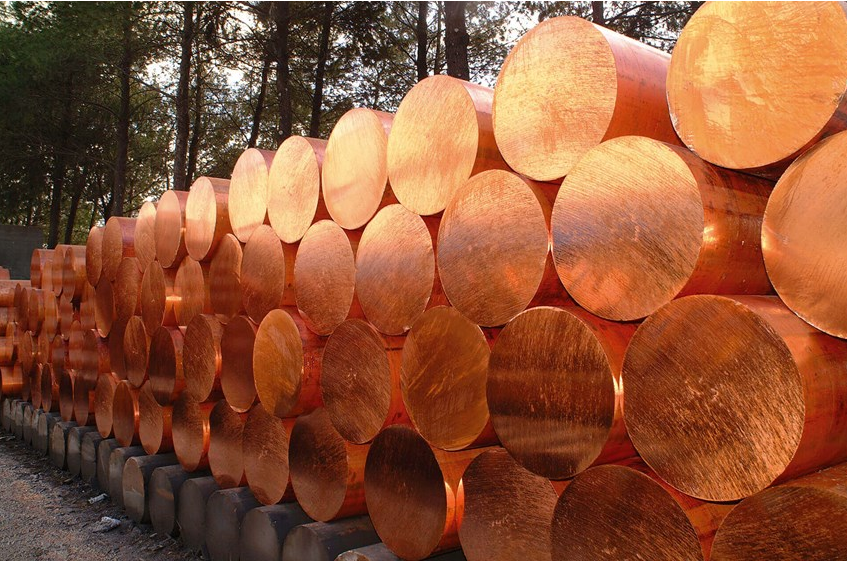
The area of Almyros Volos is expected to host one of the most modern and “green” industrial facilities in Greece. There, Viohalco, plans to set up a unit for the production of floating offshore wind farms, with the wind turbine pillar built into the float, a world-class investment of 70 to 100 million euros, based on state-of-the-art technology.
An application has already been submitted to Brussels for possible inclusion in one of the European innovation programs running in the EU, while the application is expected to be submitted to Enterprise Greece soon in order to be included in the emblematic strategic investment scheme.
Viohalco, one of the leading metal processing companies in Europe, with an annual turnover of 5.37 billion euros (2021), production facilities in Greece, Bulgaria, Romania, North Macedonia, the United Kingdom and holdings in similar companies in Turkey, Russia and The Netherlands, intends to set up in Thessaly a network of cooperating companies (cluster) focusing on Sovel, one of the production units of the Sidenor group (Viohalco branch in the steel sector), with a view to the next day of the energy market.
The Sovel industrial complex in Almyros (includes a steel mill, rolling mill, mesh production unit and auxiliary units) is planning to produce for the first time in the world, floats for offshore wind farms with integrated wind turbine pillars (the blades will not be included as they require specialized technology). The know-how of Corinth Pipeworks will be utilized for steel production and Cynergy for the manufacture of cables.
Each floating construction, once completed, will be towed in its entirety to the sea point where the wind farm will be located. And as these are huge constructions, which are difficult to transport over very long distances, in the first phase, they will serve investments within the Mediterranean, while for projects in more remote areas they will be transported in pieces. However, Sovel’s facilities in Almyros, Magnesia, already have port facilities, which are in fact planned to be upgraded and expanded.
Growing market for floating wind farms
Viohalco is aiming at the new growing market of floating wind farms, however it will launch the new project after first clarifying the institutional framework for offshore wind farms and the project will be part of the emblematic strategic investment scheme. It will take about two years from the moment it gets the “green light” in order to be licensed and start production. Production is estimated to reach 120 floating wind turbines a year.
It is noteworthy that it will be the first industrial unit for the production of floating wind turbines in the world, as to date their production has not been industrialized. After all, out of the 33.9 GW of offshore wind farms that were in operation until the end of 2021, only 0.07 GW were floating. In particular, by the end of last year, 5,566 wind turbines were installed in European seas, out of the 6,000 operating worldwide, a number that is estimated to reach 150,000 by 2050, of which 15% to 20% will be floating, a technology that is considered as the more suitable for the deep waters of the Aegean, rather than fixed bottom wind turbines.
According to the Norwegian Offshore Wind Cluster (NOWC) of Norway’s national offshore park business, which is a world leader, the global trend is now leading the offshore park industry to deeper waters, with the technology of floating wind turbines.
However, it is noteworthy that, NOWC executives, after a meeting they had in Athens with representatives of Greek companies last December, speaking to journalists, had referred to the dynamics of creating a “logistic hub” in Greece, which would give a competitive advantage to country. In fact, they had pointed out that it could be created in Magnesia where Viohalco’s Sovel plant is located, which is familiar to the Norwegians as it is already involved in many projects in the North Sea.
Who’s heading for Greek waters
The prospects for investing in floating wind farms in Greece are huge. Global offshore wind power is growing at 30% per year over the last decade and is at the heart of Europe’s policy on a climate-neutral economy, with the Commission setting the target at 450 GW by 2050. For Greece, the government aims at implementing 2 GW marine parks by the end of this decade. However, the market, Greek and foreign, has been waiting for at least a year for the institutional framework that will pave the way for investment.
Apart from all the domestic energy companies that are interested in investing in the winds of the Aegean, there is also great interest fromforeign “players”, from Britain, Norway, Spain, etc. The list of companies exploring the Greek market is long: Spanish firms Iberdrola, Ideol, Innogy, American Principal Power, Quantum and BlueFloat, Danish Copenhagen Investment Partners (CIP), Dutch Shell, French Total, Norwegian Equinor et al.
TERNA is already taking up position, drawing up its strategy for the development of offshore wind farms, with a capacity of more than 1.5 GW over a decade, in collaboration with Ocean Winds (a partnership of the Portuguese EDP and the French ENGIE). The same goes for “Mytilineos” with CIP. Also, the Kopelouzos group and RF Energy (interests of Fidakis and Restis) using as a vehicle a new joint company called “Offshore Aegean Parks SA”, plan to develop 850 MW water parks, using as a starting point two old licenses for offshore parks off Lemnos and Alexandroupolis that were secured in 2012, before the procedures “freeze”. Also, in search of alliances for the development of marine wind farms are PPC Renewables, ELPE, Motor Oil, ENTEKA, ResInvest and others.
Latest News
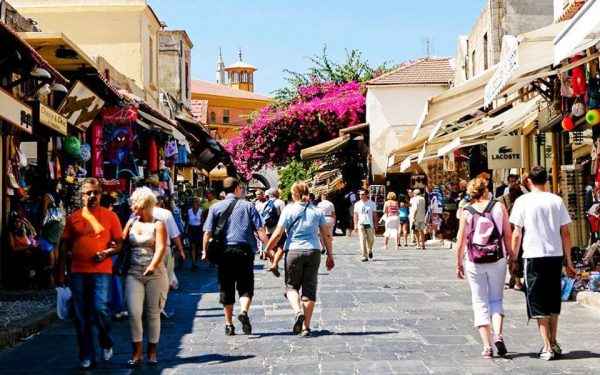
WTTC: Travel & Tourism to Create 4.5M New Jobs in EU by 2035
This year, international visitor spending is set to reach 573 billion euros, up by more than 11% year-on-year
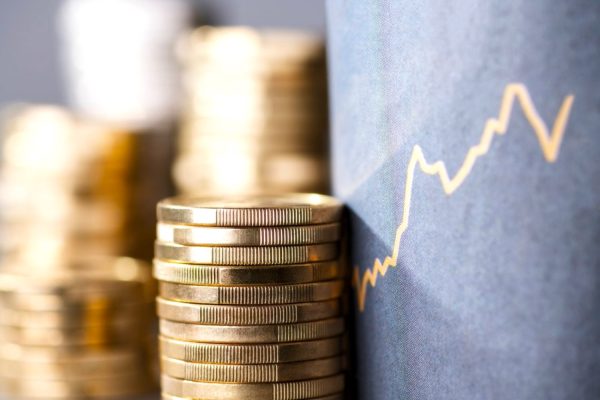
IMF: US Tariffs Shake Global Economy, Outlook Downbeat
IMF slashes global growth forecast to 2.8% as U.S. tariffs create uncertainty and ‘negative supply shock
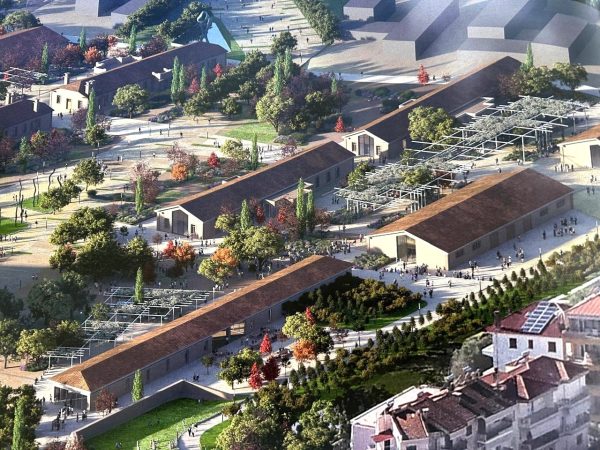
First Step Towards New Audiovisual Industry Hub in Drama
The project is set to contribute to the further development of Greece’s film industry and establish Drama as an audiovisual hub in the region

Airbnb Greece – Initial CoS Ruling Deems Tax Circular Unlawful
The case reached the Council of State following annulment applications filed by the Panhellenic Federation of Property Owners (POMIDA)
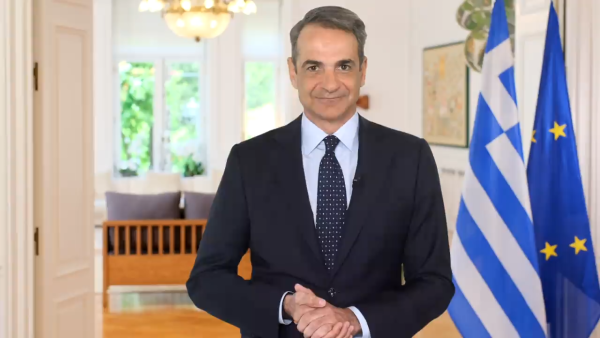
Mitsotakis Unveils €1 Billion Plan for Housing, Pensioners, Public investments
Greek Prime Minister Kyriakos Mitsotakis has announced a new set of economic support measures, worth 1 billion euros, aiming to provide financial relief to citizens.
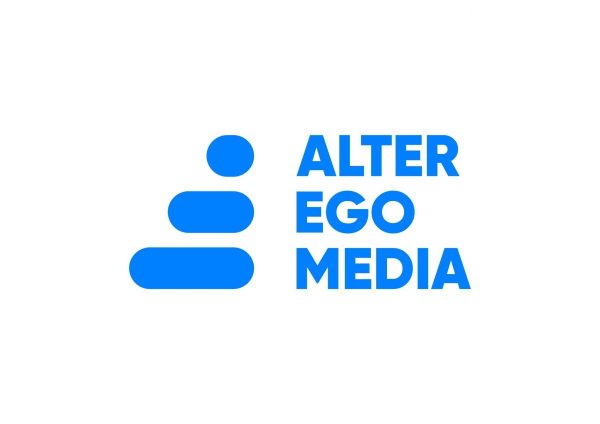
Alter Ego Ventures Invests in Pioneering Gaming Company ‘Couch Heroes’
Alter Ego Ventures' participation in the share capital of Couch Heroes marks yet another investment by the Alter Ego Media Group in innovative companies with a focus on technology.
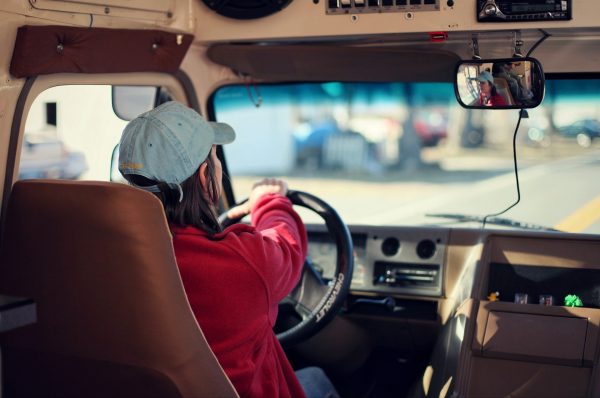
Corruption Still Plagues Greece’s Driving Tests
While traffic accidents continue to claim lives on Greek roads daily, irregularities and under-the-table dealings in the training and testing of new drivers remain disturbingly widespread
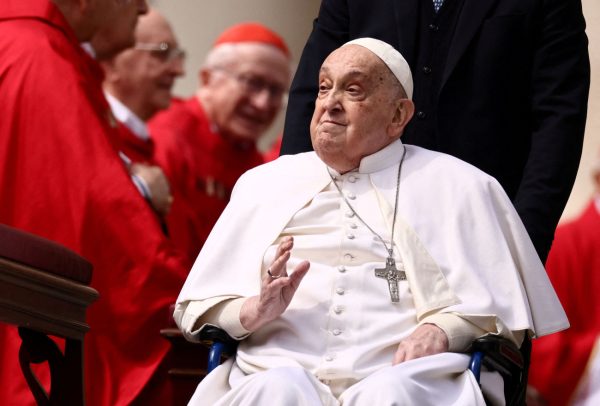
Pope Francis Died of Stroke and Heart Failure Vatican Confirms
As news of the official cause of death spread, tributes poured in from across the globe. The 1.4 billion-member Catholic Church is united in grief, remembering a pope who championed inclusion, justice, and compassion

Increase in Both Museum Visits, Revenues for 2024
As expected, the Acropolis was the top archeological site in the country, followed by Sounion, Mycenae, the ancient theater of Epidaurus, and Vergina in northern Greece
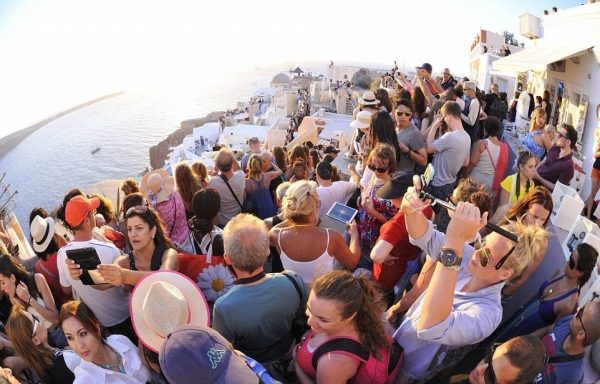
Where Greece’s Tourists Come From: A Look at 2025’s Top Visitor Markets
The United Kingdom continues to hold the top spot as the largest source of incoming tourism, with 5.6 million seats booked for Greece this summer — up 2.2% from last year. This accounts for 20% of all international air traffic to Greece












![Πλημμύρες: Σημειώθηκαν σε επίπεδα ρεκόρ στην Ευρώπη το 2024 [γράφημα]](https://www.ot.gr/wp-content/uploads/2025/04/FLOOD_HUNGRY-90x90.jpg)



![Ξενοδοχεία: Μεγάλο το ενδιαφέρον για επενδύσεις στην Ελλάδα – Η θέση της Αθήνας [γραφήματα]](https://www.ot.gr/wp-content/uploads/2025/03/Athens-hotels-90x90.jpg)








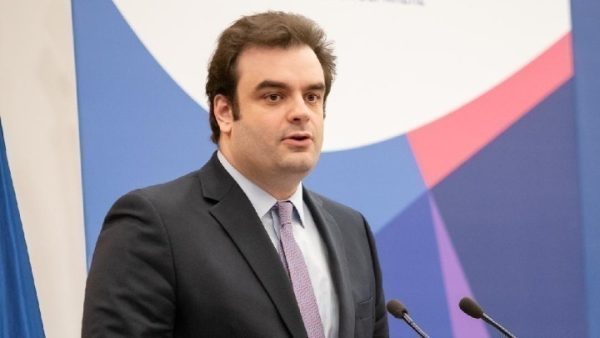

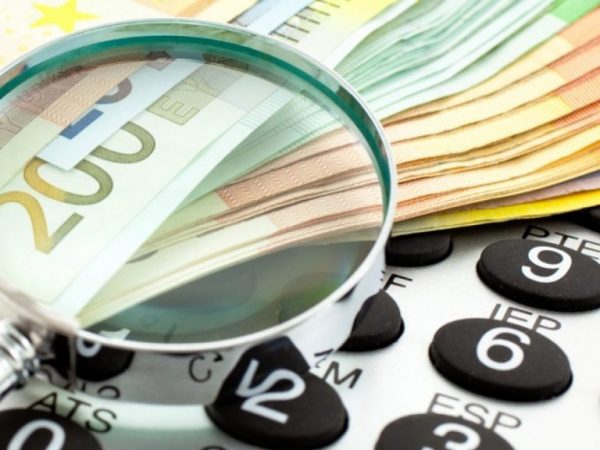
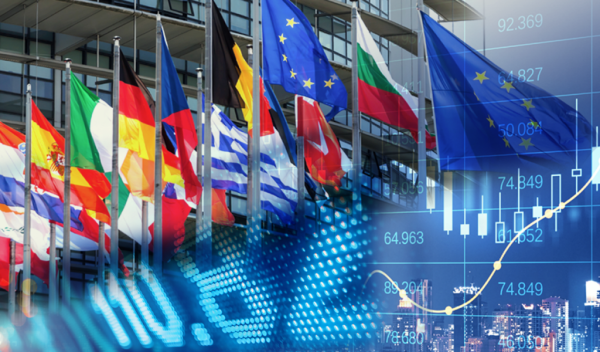
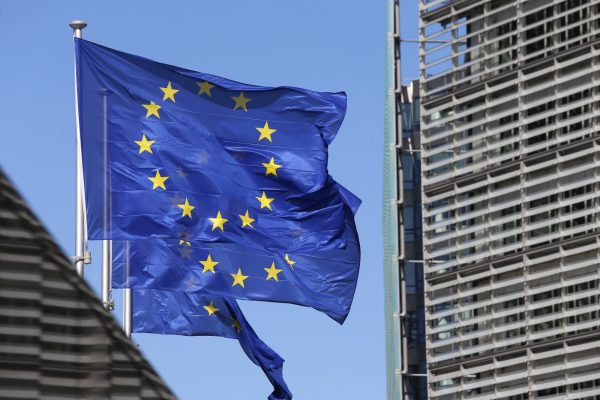

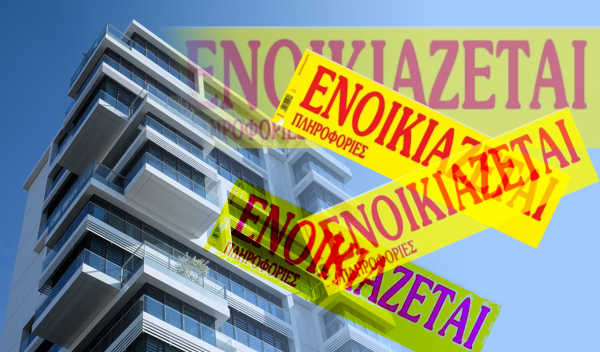
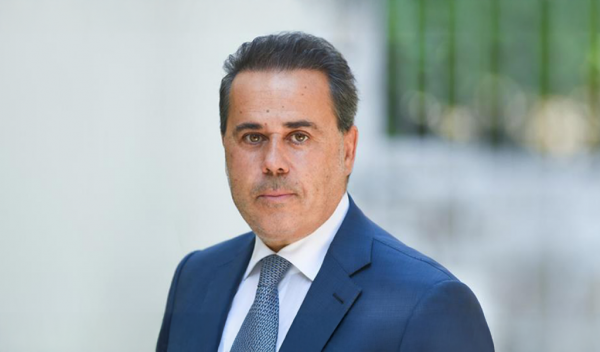
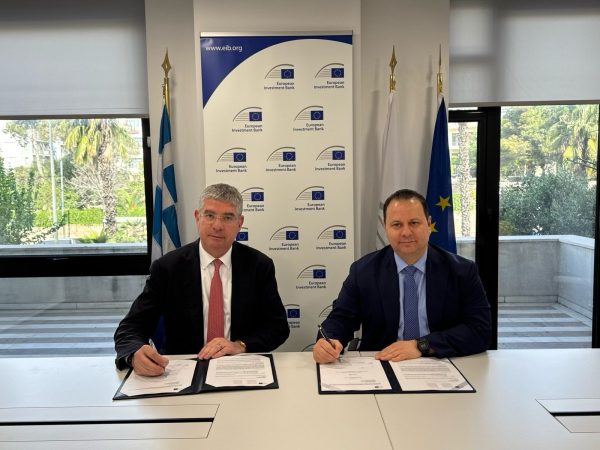


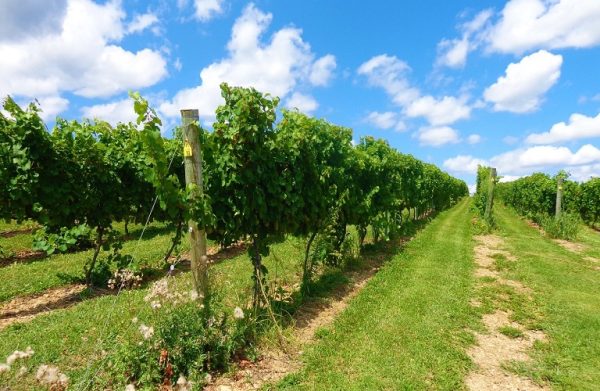
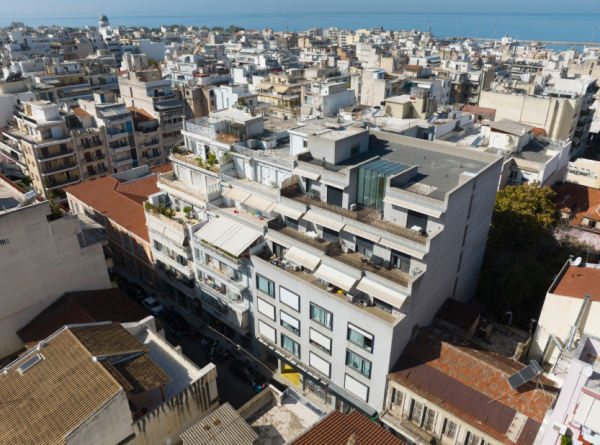



 Αριθμός Πιστοποίησης
Αριθμός Πιστοποίησης